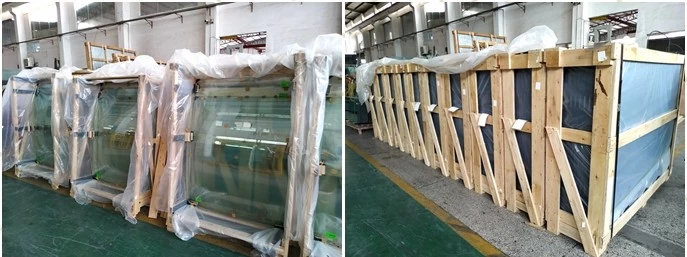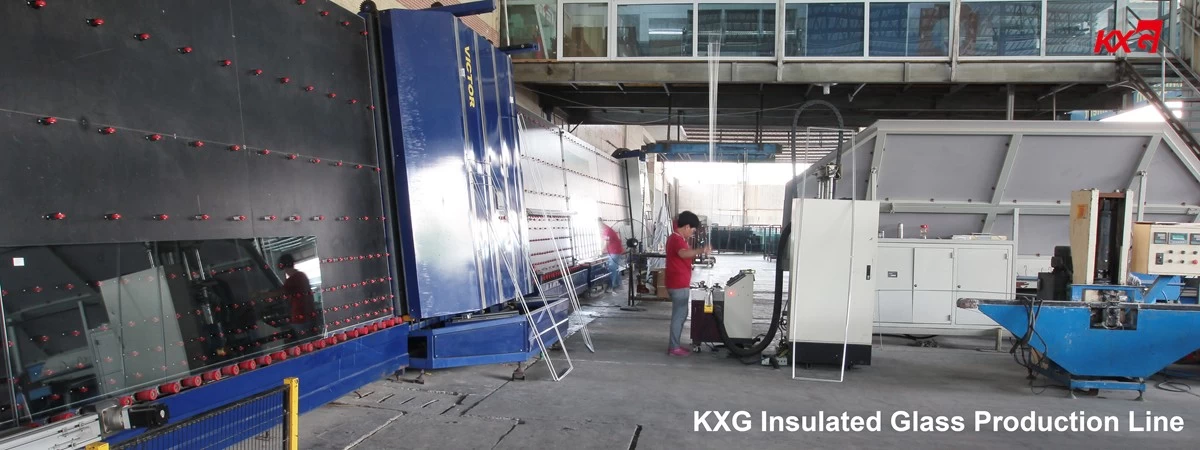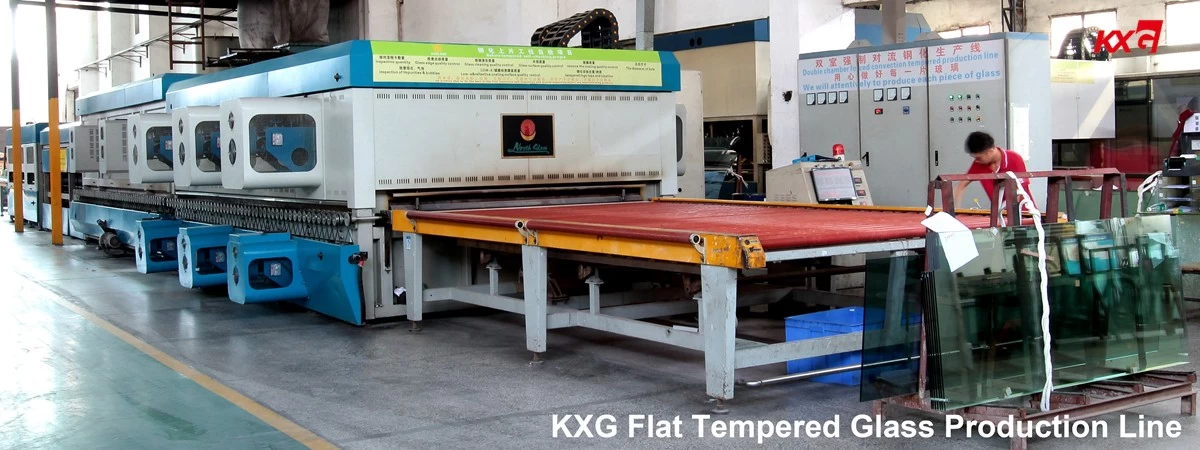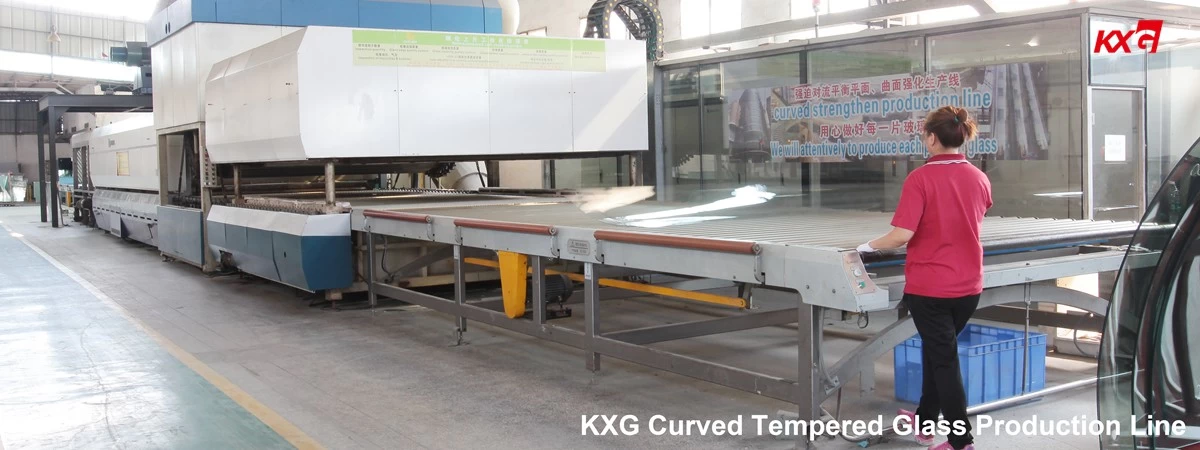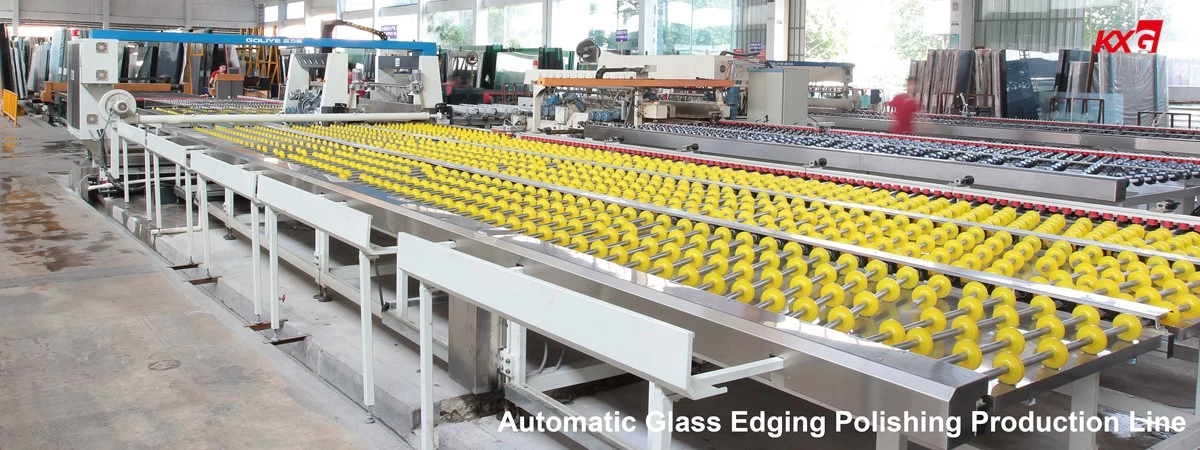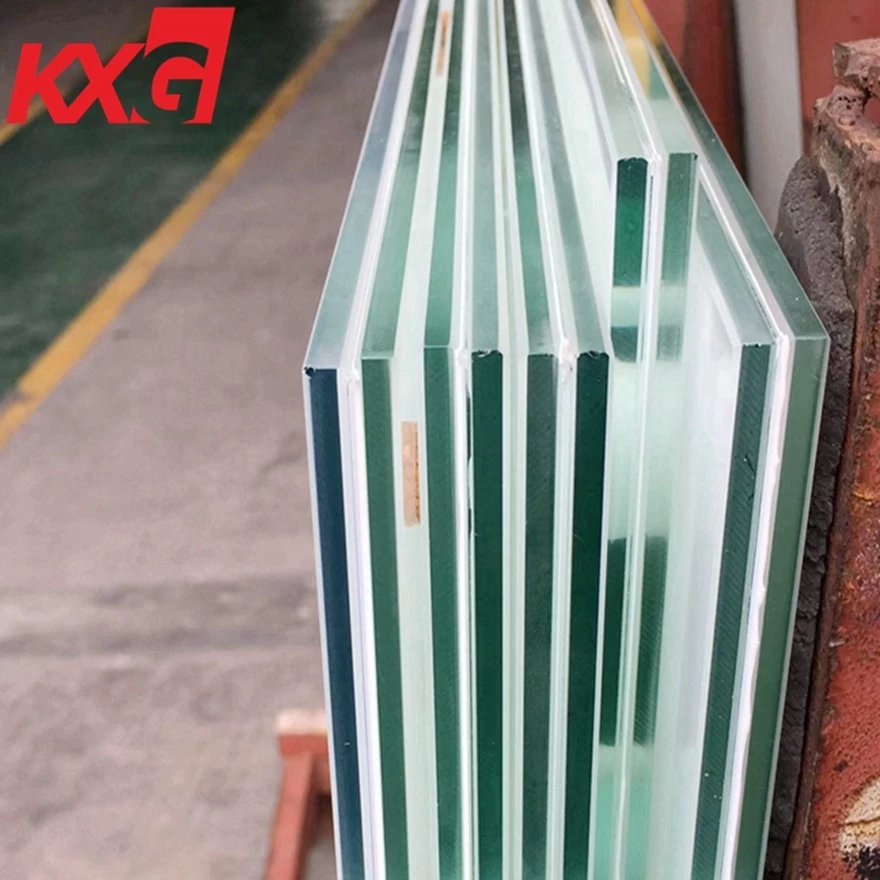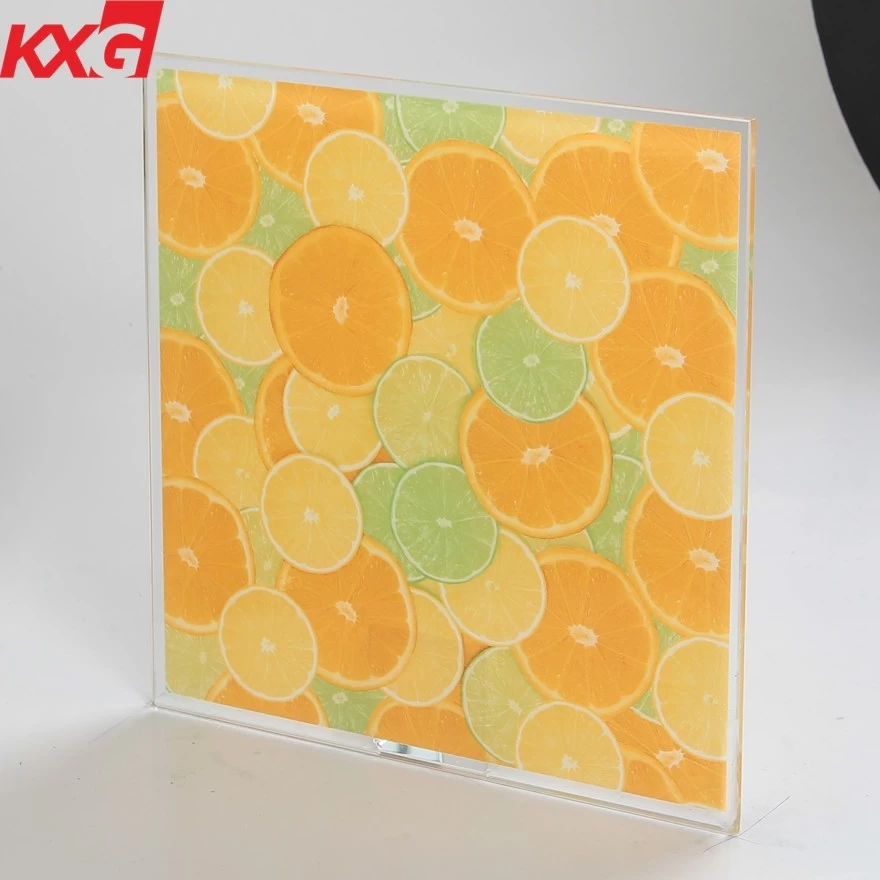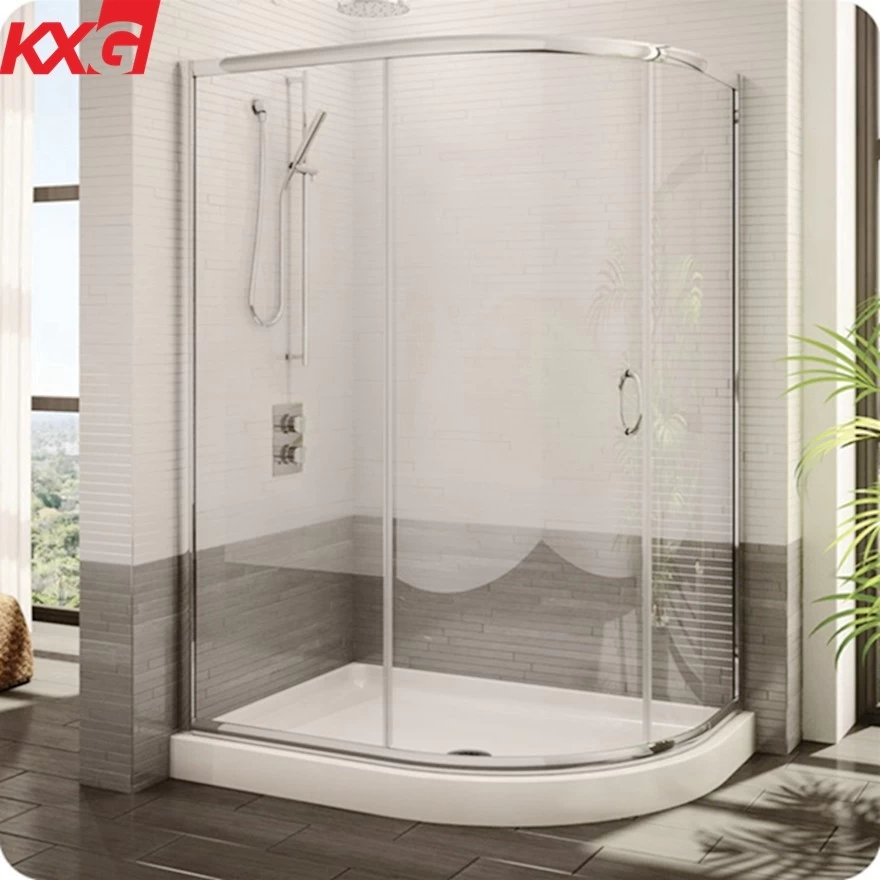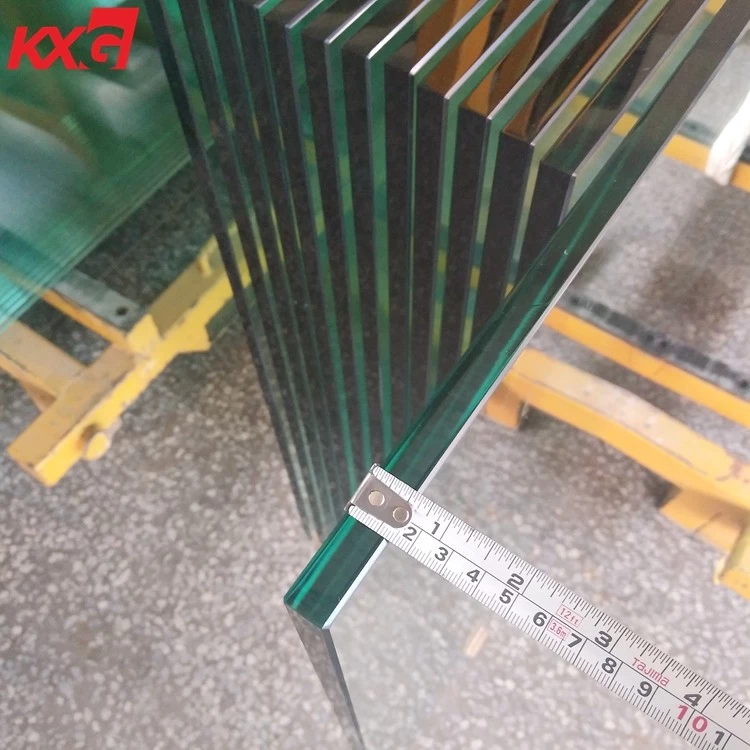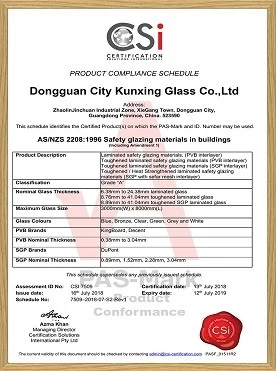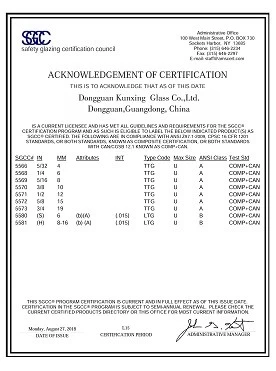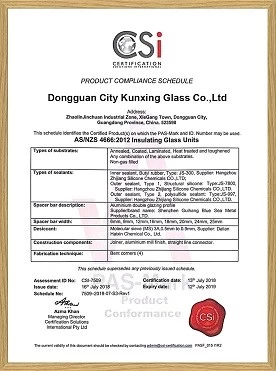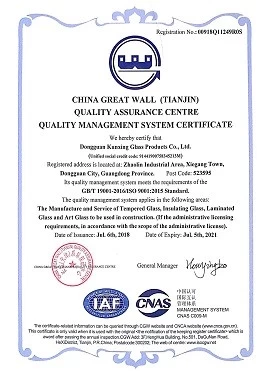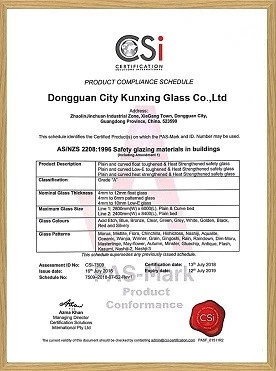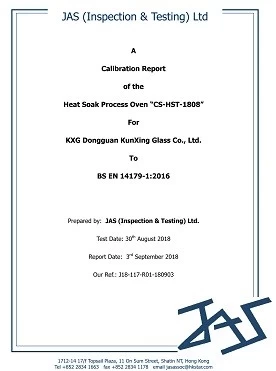What are the processing methods for architectural glass?
First of all, glass processing must have original float glass.Ordinery glass processing plants do not product original float glass. Only large glass companice product original float glass,such as XinYi Glass and CSG HOLDING CO.,LTD and so on. The thickness of the original float glass is also different. The thickness of the architectural glass is 3mm, 4mm, 5mm, 6mm, 8mm,10mm, 12mm, 15mm, 19mm, 22mm, 25mm.
If the glass of the display type is generally selected to have a thickness of between 1mm, 2mm and 3mm, since the digital products have higher requirement for light transmitttance, ultra-clear glass is selected.

2. Cut the glass into the right size
The size of the original float glass itself is very large. Cutting can be said to be the first step in glass processing. The staff will calculate how to cut the original piece according to the size on the customer's drawing. This algorithm must take into account the size consumed by the back edge of the glass. Therefore, there is also a statement of tolerance.

3. Glass edging and chamfering
Just cut glass will scratch your hands, and the edges of the glass are sharp. The customer will ask for the edge of the glass, the edge of the glass has a rough grinding and fine grinding. If the glass is mounted in the frame, we only need to rough the edges, which can also reduce the cost.
The polished edges are those that are more aesthetically pleasing to the glass. After the edging is chamfering, the chamfer also has a special chamfering machine, through the chamfering machine can accurately pour out the desired R angle.

4. Tempering
The tempering is divided into physical tempering and chemical tempering. Here we talk about physical tempering. Physical tempering is to heat the glass to a certain extent in the tempering furnace, and then to cool it, and the hardness is enhanced after the glass tempering. Many customers require glass tempering for safety reasons. Tempered glass is also called safety glass.
5. Silk screen printing
Some glasses go through this step because the customer wants to print some patterns on the glass, such as company logos, family photo and so on. Silk screen also has high temperature silk and low temperature silk screen, high temperature silk screen will be carried out in the first step of tempering.
The screen printing room should be very clean. Thus, the ink does not incorporate impurities. The effect of silk screen printing glass will be better.

6. Cleaning, testing and packaging
The finished glass must pass the test of the inspector to pass the test. The problematic glass will be selected, some will be void, and some will need to be processed. Good glass is filmed by a laminator and then wrapped in kraft paper and wooden boxes.
